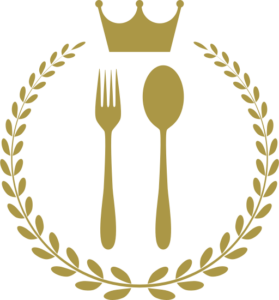Transform cassava into flour: the ultimate step-by-step tutorial for beginners
Cassava flour, a gluten-free and nutrient-rich alternative to wheat flour, has gained immense popularity in recent years. Its versatility and health benefits make it a highly sought-after ingredient in various cuisines. However, many are unaware of the intricate process involved in transforming cassava roots into the fine flour we use. In this comprehensive guide, we will delve into the secrets of cassava flour processing, empowering you with the knowledge to appreciate the arduous journey from root to flour.
Harvesting and Preparation
The first step in cassava flour processing is harvesting the cassava roots. These starchy tubers are typically ready for harvest 8-12 months after planting. Once harvested, the roots must be peeled and washed thoroughly to remove any dirt or debris.
Grating and Pressing
Peeled cassava roots are then grated into a fine pulp. This pulp is then placed in a press to remove excess moisture. The resulting cassava cake is the foundation for the flour.
Fermentation
Fermentation is a crucial step in cassava flour processing. The cassava cake undergoes a natural fermentation process, which helps to break down starches and reduce the toxic levels of cyanogenic glycosides. This fermentation period typically lasts for 2-3 days.
Drying
After fermentation, the cassava cake is dried thoroughly. This can be done under the sun or in mechanical dryers. Proper drying is essential to prevent spoilage and ensure the flour’s stability.
Milling
Dried cassava cake is then milled into a fine powder. This can be done using traditional methods, such as grinding stones, or with modern milling equipment. The resulting flour should be fine and free of any lumps.
Sifting
To achieve the desired consistency, the milled flour is sifted through a fine mesh sieve. This removes any coarse particles or impurities, resulting in a smooth and uniform flour.
Packaging
Processed cassava flour is packaged in airtight containers to maintain its freshness and quality. Proper packaging prevents moisture absorption and ensures a longer shelf life.
Storage
Cassava flour should be stored in a cool, dry place away from direct sunlight. It is generally recommended to store the flour in airtight containers to prevent spoilage.
Health Benefits of Cassava Flour
Cassava flour is not only a versatile ingredient but also a nutritious one. It is naturally gluten-free, making it an excellent alternative for those with celiac disease or gluten intolerance. Additionally, cassava flour is a good source of dietary fiber, resistant starch, and essential minerals.
Recommendations: Unveiling the Culinary Potential of Cassava Flour
Processing cassava flour is an intricate and time-consuming process that requires meticulous attention to detail. By understanding the steps involved, you can appreciate the journey that this versatile ingredient takes from root to flour. With its gluten-free nature and nutritional value, cassava flour opens up a world of culinary possibilities, allowing you to create delicious and healthy dishes that cater to a wide range of dietary needs.
Common Questions and Answers
Q: How long does it take to process cassava flour?
A: The processing time can vary depending on the method used, but it typically takes several days to complete the entire process.
Q: Can I make cassava flour at home?
A: Yes, it is possible to make cassava flour at home, but it requires specialized equipment and a thorough understanding of the process.
Q: What are the differences between cassava flour and wheat flour?
A: Cassava flour is gluten-free, has a higher resistant starch content, and a slightly sweeter taste compared to wheat flour.
Q: How can I incorporate cassava flour into my diet?
A: Cassava flour can be used as a substitute for wheat flour in various recipes, including breads, pastries, and pancakes. It can also be used as a thickener for soups and sauces.
Q: Where can I buy cassava flour?
A: Cassava flour is becoming increasingly available in grocery stores and online retailers. You can also purchase it directly from cassava flour manufacturers.
